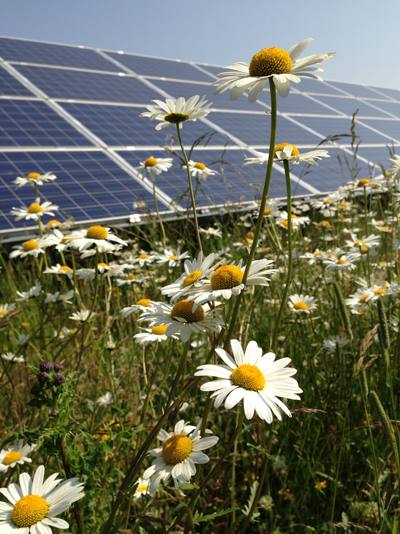Clarkson & Woods and Wychwood Biodiversity have researched the effects that solar arrays have on local biodiversity. The project was joint funded by various organisations and research was carried out in 2015.
The analysis of the data is now complete and the report is available
here
The results are very interesting and show that, with the right management, solar farms can have significant benefits for a range of species. It also raises a suite of new questions, particularly around bats and how they utilise these relatively novel environments. It is our hope that this research will be springboard for further projects looking into some of the aspects in greater detail.
Highlights include:
Overall, solar farms had greater botanical diversity when compared with control plots of agricultural land (which represent the solar farm prior to development)
Overall, solar farms had greater invertebrate abundance, however, the diversity did not differ significantly, apart from on a few sites with a management focus on wildlife
Overall, solar farms had a greater diversity of birds. Abundance was not significantly higher, apart from on a few sites
The research suggests that solar farms may be of particular benefit for birds of conservation concern
Skylarks use solar farms within their territories, however, do not nest within the footprint of the array (although a nest was confirmed within a wide field margin)
Bat activity may be lower within solar arrays, although differences were not significant overall and this finding requires further investigation


